
Innovating for Millennials
What You Need to Know to Get Them In Your Locations
by Bob Cooney
Millennials. If you ask anyone from previous generations about them, you’ll likely get a range of reactions from frustration to confusion to dismissal, often with eye-rolls thrown in for effect. However, the reality is that those born between 1980 and 1996 (known as Millennials or Generation Y) are now the driving force of our economy and will continue to be for the next decade or more.
Their comfort with technology and reliance on social media makes them different, but more importantly, Millennials share a different value-set than the Baby Boomers and Gen-Xers who came before them. They value community over achievement, experiences over possessions, and meaning over money. This shift is confounding the older generations who are still leading many of today’s companies in the location-based entertainment industry.
Millennials are shunning casino gambling, ignoring brick-and-mortar retailers, and going to fewer movies. They’re going to music festivals, gathering with friends at bars and restaurants, and traveling to theme parks, where the stories they grew up with are being turned into rides and adventures.
Millennials are willing to pay top-dollar for premium experiences, especially if those experiences lead to Instagram-able moments that will stoke their friends’ “fear of missing out” (FOMO). They are also the generation slowest to buy homes, get married and have children, which frees up their sizable percentage of disposable income for liberal entertainment spending.
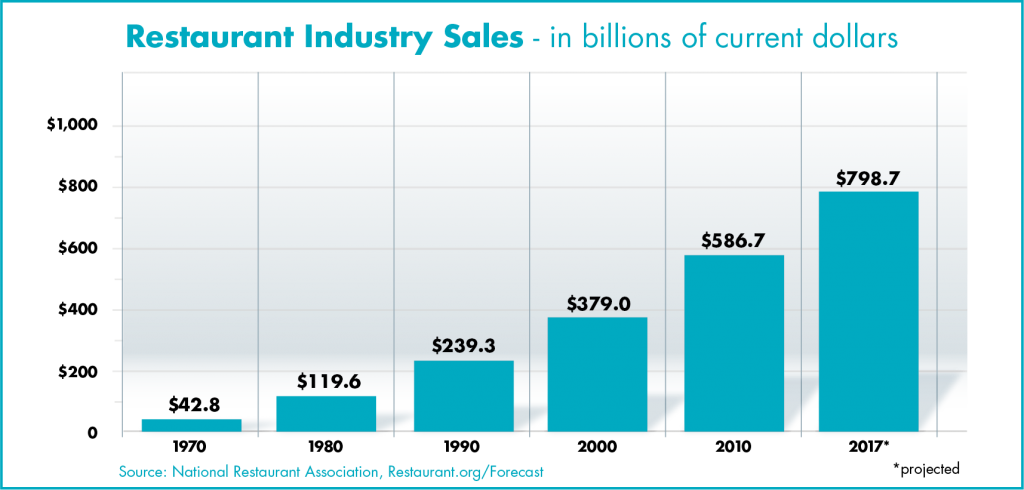 Millennials spend 35 percent more on restaurants and bars than Gen-Xers and a whopping 76 percent more than Boomers. Twice as many go to bars at least once a week than their parents. On average they dine out or eat take-out five times per week.
Millennials spend 35 percent more on restaurants and bars than Gen-Xers and a whopping 76 percent more than Boomers. Twice as many go to bars at least once a week than their parents. On average they dine out or eat take-out five times per week.
So why are restaurants and bars the recipients of all this Millennial goodwill while movie-theaters, casinos, and shopping malls are suffering? We need to dive deeper into the values and insights of the market to really understand the emerging trends and how they might impact the arcade industry.
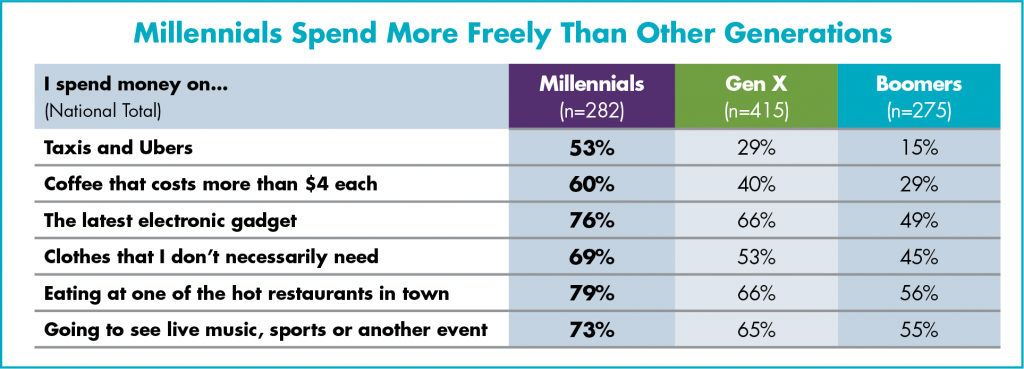
Financially Gun-Shy
A 2013 Accenture study of investment trends showed that 43% of Millennials identified themselves as conservative investors, a 60% increase over Gen-X.

College debt and living through the Great Recession has made many Millennials financially conservative.
Millennials are the most educated generation ever, and commensurate record levels of college debt contribute to their financially conservative mentality. But the Accenture study also discovered deeper reasons for this; they are extremely distrustful of financial institutions.
In fact, only 19 percent of Millennials agreed with the statement “most people can be trusted,” half as many as the baby boomers. This mindset is born from growing up during the global financial crisis, when parents lost jobs and families lost their homes.
Think about what is required for a player to put money into a slot machine: First, they need to be willing to risk losing that money, and then they need to trust that the system is fair. Is it any wonder why fiscally conservative Millennials with trust issues are avoiding slots and poker machines like they’re infected with a zombie virus?
They’re also embracing analog and mechanical experiences. The revival of vinyl records, pinball, and board games are examples of their search for something novel. Growing up as digital natives makes them harder to impress with the technology that so infatuated the generation before them. The emergence of alley roller tournaments in bars from the likes of Network Sports (formerly Medalist Marketing) and Browse-Ball underscores the opportunity for street operators to embrace Millennial values to create new revenue opportunities.
Millennials have also redefined the term luxury. Luxury no longer refers exclusively to expensive bags, shoes, and watches. It now includes experiences like farm-to-table dining and “über-luxe” travel. More than half of luxury spending is now on so-called “luxury experiences.”
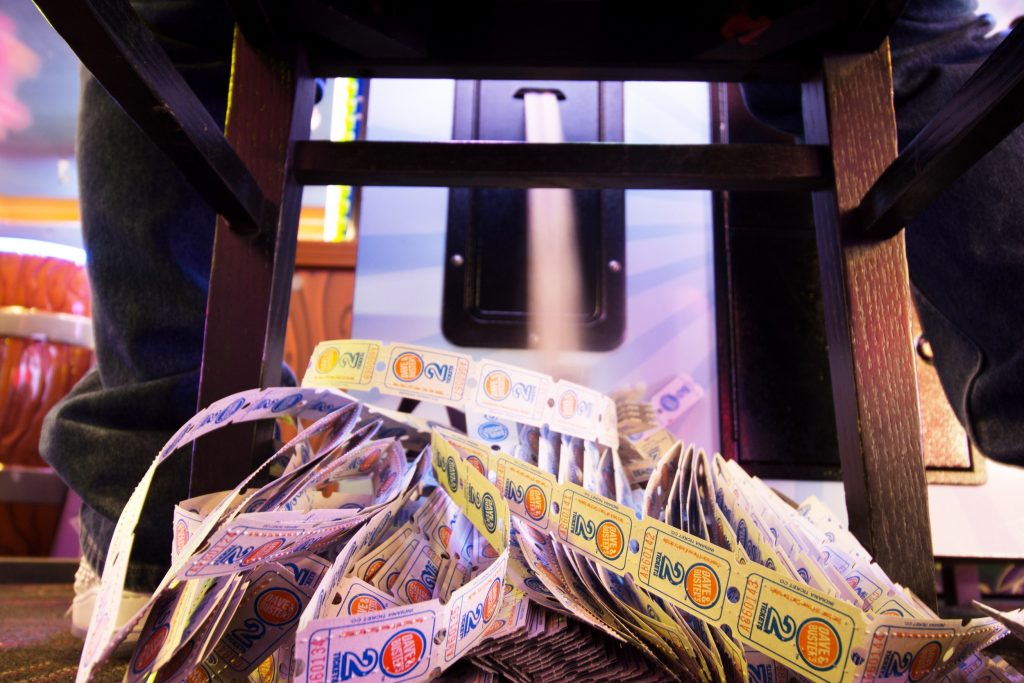 Family Entertainment?
Family Entertainment?
The reality of the modern FEC is that they rely excessively on redemption games that, in their worst examples, are little more than casino games for the kids of the Boomers and Gen-Xers. Their best examples still prey on the dopamine rush of winning tickets that kids trade for prizes, feeding the consumerism that Millennials are eschewing.
Some of these “games” have already been busted by authorities as being nothing more than gambling devices, and even within the industry some are known as “prize-vendors.” Where’s the fun in that?
The AAMA thought the situation was getting out of hand and felt compelled to create a “Fair Play Pledge,” making sure game manufacturers provide:
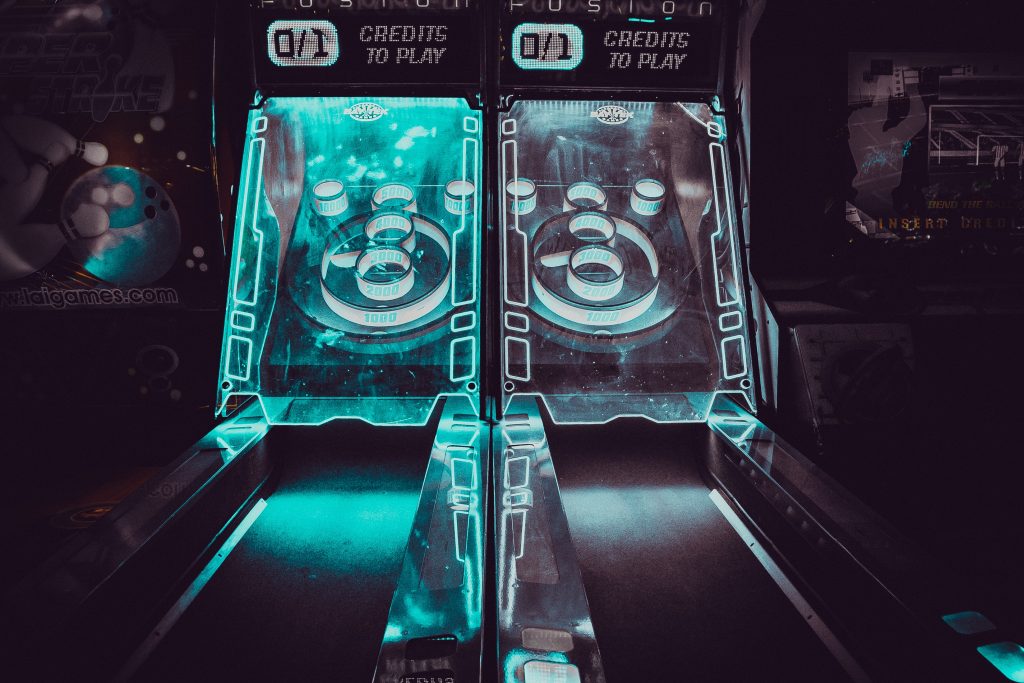 1. An opportunity that allows for players to win by the application of skill such that the player will have sufficient time to identify, recognize and react with every game play.
1. An opportunity that allows for players to win by the application of skill such that the player will have sufficient time to identify, recognize and react with every game play.
2. A player can improve with practice and experience.
3. The player’s input controls the outcome of the game.
It’s questionable how many of these games offer real entertainment value, or fun, the way arcade games of the ’80s did. As Millennials get older and start having children, do you wonder how they will feel about taking their kids to what amounts to junior versions of the casinos they are increasingly rejecting themselves?
[Editor’s note: See Publisher Eddie Adlum’s remarks in the April Editorial, found online here.]
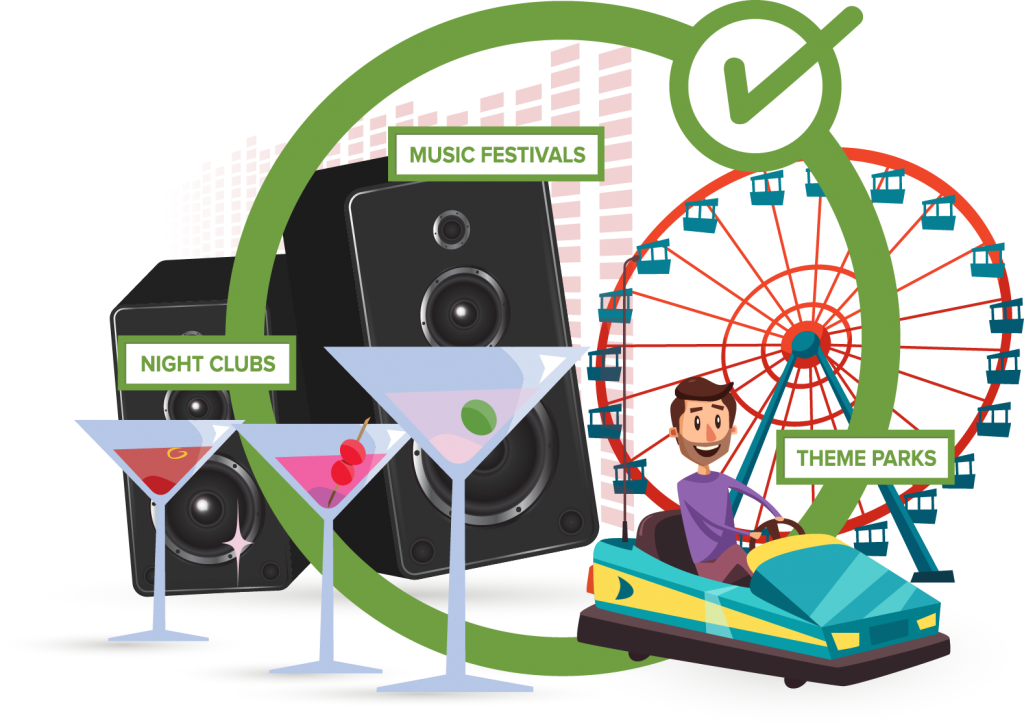
Experiences Only
Research shows that Millennials aren’t even seeking “entertainment,” they’re looking for “unique experiences.” Some foretold this scenario decades ago. In 1971, Alvin Toffler wrote in his bestselling book Future Shock about the upcoming “experiential industry” wherein future people would be willing to allocate high percentages of their salaries to live amazing experiences.
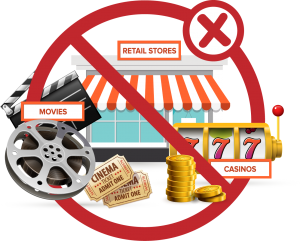
Millennials shun the traditional movie theater, retail stores and casinos opting instead for anything that creates a memorable experience.
This helps explain the popularity of social networks like Instagram, where users can take pictures of their experiences and share them with their friends, inherently creating a digital product out of their physical experiences.
There is yet another transition coming. When experiences become transformative, resulting in some improvement in physical, emotional, or spiritual well-being, those experiences become even more desirable.
Enter the “Transformation Economy”
In a 1998 article, B. Joseph Pine and James Gilmore posited that “Transformation” is the next big driver in the evolution of consumers. Often these experiences are rooted in a quest for health and wellness, clearly driven by transformational desires.
Nike has been the poster child of the Transformation Economy among retail brands, pouring money into technology and apps that empower consumers to improve their quality of life. An important pillar in Nike’s strategy is to stage individual experiences on a global basis, The Nike+ app allows consumers to book one-on-one appointments at a nearby store and encourages them to sign up for local running and training classes. Nike is promising customers that the use of their products and services will transform their lives.
Millennials prefer more immersive experiences because to be transformed they need to feel that they are part of the experience, and not just observers. IMAX, 4DX, and virtual reality are all technologies that make the participant feel like they are part of the action.
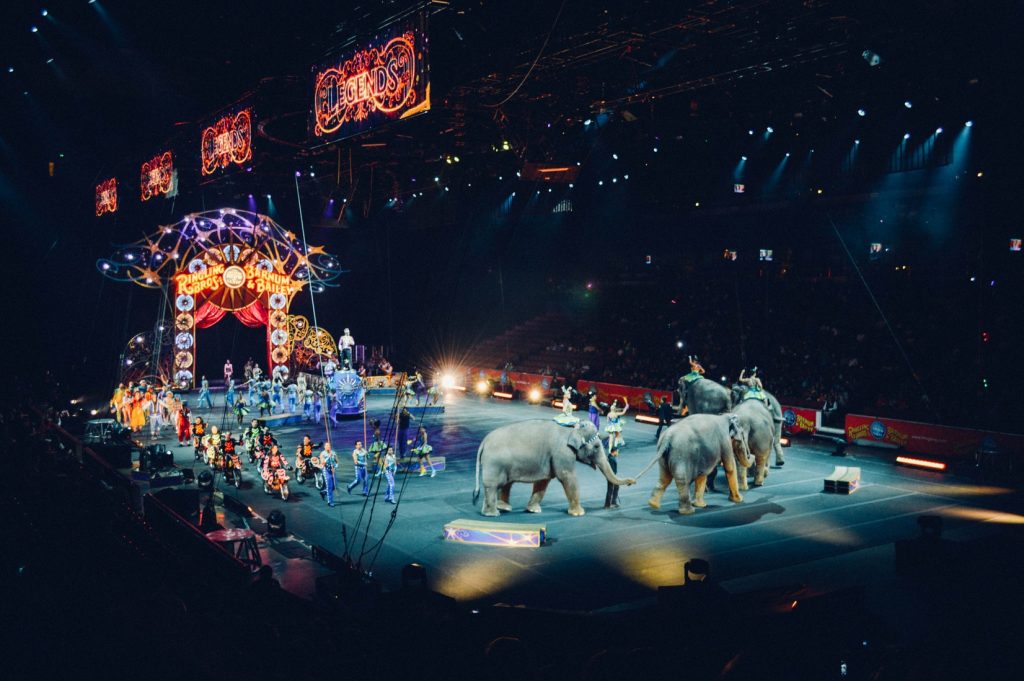 The Modern Zoo And Circus
The Modern Zoo And Circus
One sector looking at virtual reality to gain back visitors and attract a new wave of interest is the zoo and animal park business. While many park officials are blaming animal rights activists for the disruption to their business, Millennial values are also at work.
After more than 100 years of showcasing dancing elephants, Ringling Brothers Circus was compelled to drop them from their touring shows, which ultimately led to them shutting down entirely last year. Many zoos have followed suit and are closing their elephant exhibits; conversations with zoo executives reveal they’re concerned that this is just the tip of the iceberg.
 When a 17-year-old endangered lowland gorilla named Harambe was shot and killed last year after a toddler fell into its enclosure at the Cincinnati Zoo, the ensuing conversations centered around whose rights were more important: a human child or an endangered gorilla. This was not just an activist debate but one that engaged many Millennials as they defended their values related to fairness and the well-being of the planet.
When a 17-year-old endangered lowland gorilla named Harambe was shot and killed last year after a toddler fell into its enclosure at the Cincinnati Zoo, the ensuing conversations centered around whose rights were more important: a human child or an endangered gorilla. This was not just an activist debate but one that engaged many Millennials as they defended their values related to fairness and the well-being of the planet.
The popularity of the documentary Blackfish in 2013 began the unravelling of SeaWorld’s mainstay attraction: captive Orcas. In 2017, they announced the end of their captive breeding program and the introduction of virtual reality in the form of thrill rides like The Kraken roller coaster. New Chief Executive Officer Joel Manby announced, “We also have a version of virtual reality for our animals, where you actually see them live and things that you can’t possibly see as a human today and experiences that you can’t experience except through virtual reality.”Values, Ideals And Spirituality
If done right, virtual reality holds the possibility of transforming guest experiences by creating empathy between the viewer and the animal. But technology can only be effective in delivering a transformative experience IF the experience creators have a solid understanding of their audience’s values.
So, what does the disruption of the circus, zoos and aquarium market have to do with the arcade business? Those long-standing, enduring enterprises are being disrupted because they clash with Millennial values.
Millennials are also having kids at the lowest rate in American history, which may contribute to the distinct possibility of redemption games going the way of dancing elephants.
What can we do? We can create experiences that can be transformational, not just for kids, but also for Millennial adults. But how can we gain an intimate understanding of our Millennial customers’ values and ideals to create meaningful and even transformational experiences that resonate with them? This is where human-centered design comes in.
What is Human-Centered Design?

Mindset is key to human-centered design as it relies heavily on the ability to switch perspective to that of someone else.
Human-centered design (HCD) is a methodology for creating new services and experiences that truly resonate with customers at a values level. It is a practice with roots in the centuries-old fields of anthropology and ethnography. Practitioners immerse themselves in the market they study to gain empathy and yield truly deep understanding of the customer.
Most product research tends to follow the scientific practice of looking at what “has been” or “what is” rather than “what is possible.” Current developments in the areas of big data and artificial intelligence are pushing business ever deeper into that realm.
Human-centered design is more art than science, and is an act of creativity. It enables the introduction of something new into the world that hasn’t previously existed.
Some scientists predict that computers will soon be better at design than people. Sony recently released a song written by an artificial intelligence algorithm based upon what market research showed would be popular.
But designing something that has never existed, based upon the deepest human values, is something that even IBM’s Watson can’t accomplish. We are a long way from computers being able to understand the human condition.
Empathy is the skill that allows a designer to connect deeply with the people for whom they are designing, to gain meaningful insight into their latent needs and desires. To build empathy for others, designers must cast off their own judgements, and be in tune with their innate biases and belief systems. They seek to understand their subject’s worldview and context, then try to connect with how they think and how they find meaning in the world.
When you get human-centered design right, you unlock new value in the organization. It’s the key to sustainable innovation. Your employees feel it. Your customers sense it. Instead of incremental improvement over what exists today, you can create something that has never existed.
This is what enables Apple to continue to command 90 percent of the global profits in the smartphone market despite intense competition. It’s what empowered them to discard the “home” button on the iPhone X and introduce an entirely new user interface (UX). They discarded what was the best UX on the planet and made it even better, and it has the highest satisfaction ratings of any smart-phone in history.
Said Steve Jobs: “In most people’s vocabularies, design means veneer. It’s interior decorating. It’s the fabric of the curtains and the sofa. But to me, nothing could be further from the meaning of design. Design is the fundamental soul of a man-made creation that ends up expressing itself in successive outer layers of the product or service.”
Human-centered design is ideal for solving complex problems where the outcome is known but the solution isn’t. For example, the desire to provide a transformational experience in an entertainment context is a known outcome. How to do it, or the solution, not so much.
Unlike in manufacturing, which is linear, predictable, and repeatable, the human-centered design process cannot be clearly defined in advance. It is by nature emergent. This lack of predictability can be disconcerting to leaders of organizations that typically require ROI analysis before undertaking any kind of development project. You are going to build X, by investing Y dollars over Delta time. It will yield revenue of $A and profits of $B. This is how business works, right?
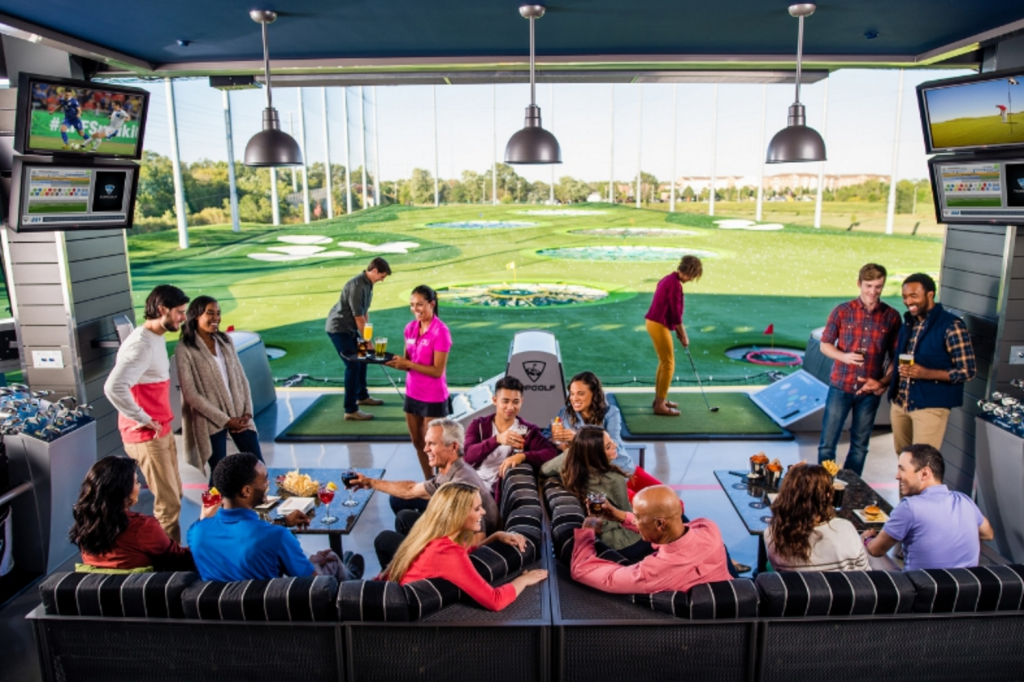
Top Golf is another example of a company that created a design that is proving immensely attractive to Millennials. According to the National Golf Foundation, nearly 70 percent of the almost 500 million rounds of golf played in the U.S. were by golfers over the age of 50. But, Top Golf is a parallel experience of Millennial-friendly activities competitive play, food and drink, and social spaces. They made golf accessible, short and fun, and then wrapped a bar around it. The fact that it’s golf is irrelevant: more than one-third of its customers are non-golfers. It took Top Golf more than 10 years of trial and error to create this format.
Businesses continue to use this type of retrospective analysis to predict the future because it offers the “security” of projections based upon the known past. The problem with this approach is that we are experiencing an unprecedented rate of change in all kinds of businesses. And that rate of change is still accelerating. The decision makers are essentially attempting to cover their butts with a tattered blanket.
Artificial intelligence expert, entrepreneur, and futurist Ray Kurzweil built models that show that “we’re doubling the rate of progress every decade. The 20th century was like 25 years of change at today’s rate of change. In the next 25 years, we’ll make four times the progress you saw in the 20th century. And we’ll make 20,000 years of progress in the 21st century, which is almost a thousand times more technical change than we saw in the 20th century.”
The approach of looking back to predict the future doesn’t work anymore. By the time you research and recognize the patterns of the past, they’re no longer relevant. Forcing product teams to justify their investments through projected ROI analysis is folly. It’s a vestigial process from the manufacturing era that holds no relevance in the current age.
You cannot measure the return on something that doesn’t exist yet. Requiring a projected ROI before a design process is what keeps companies from truly innovating. It limits the design to something that is already known, which means somebody has already done something like it. That might feel like innovation within the halls of the business, but to the consumer it looks like “me too.”
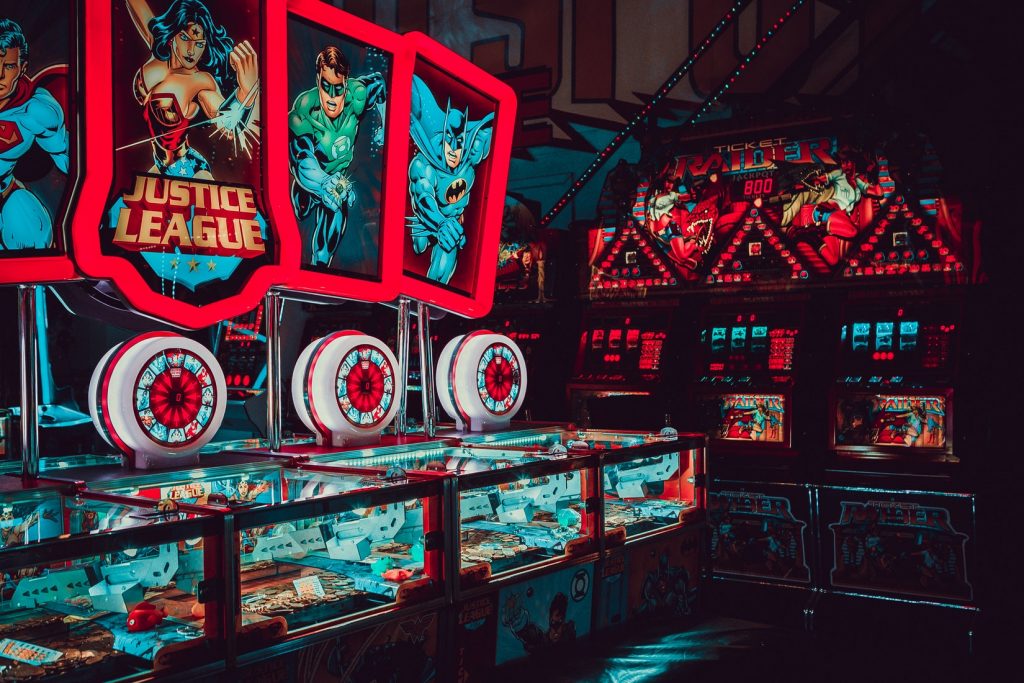
FEC numbers look good today, but the demographic and psychographic trends are shifting rapidly. Leaders who adopt human-centered design in their organizations will be well-positioned as Millennials start looking for entertainment options not just for themselves, but for their families.
In a time of exponentially increasing rates of change, one of the biggest challenges faced by leaders is to understand how their business or industry might be disrupted. In the family entertainment center business, the numbers might look good today, but the demographic and psychographic trends are shifting rapidly out of their favor. Leaders who adopt human-centered design in their organizations will be well-positioned as Millennials start looking for entertainment options that align with the values they want to pass along to their children.
Research has shown that from 2005 to 2015, companies that employed human-centered design outperformed the S&P 500 by 211 percent. The list of these companies included Apple, Coca-Cola, Nike, Starbucks and Walt Disney, all brands that resonate deeply with their customers, especially Millennials.
If you’re interested in learning how to employ human-centered design in your organization, join Bob Cooney at the “Innovating for Millennials, A Human-Centered Approach for Location-Based Entertainment” workshop in Orlando on March 14, or in Las Vegas on March 21. For more information go to www.bobcooney.com/innovate.
Electronic gaming and location-based entertainment veteran (and avid surfer) Bob Cooney has 25-years of experience designing, manufacturing and marketing out-of-home entertainment to consumers, operators and venues –– first as founder and chief executive of NASDAQ- and Inc. 500-listed Laser Storm, and later as an initial member of the Global VR executive team which introduced the first commercially viable virtual reality arcade game. Cooney went on to become VP of marketing and business development of Ecast, the digital content provider for jukeboxes, and COO of NTN Buzztime, the networked trivia game company. Cooney has been a driving force behind the development of numerous top-earning licensed games, including products based on EA Sports PGA Tour, X-MEN and Stargate, and has been a long-time vocal proponent of leveraging new technology to keep the out-of-home amusement industry relevant. Bob consults with companies on strategy and business development, and currently serves as a business development consultant to Zero Latency. He can be reached at www.bobcooney.com.




2 Comments
Pingback: Innovating for Millennials - Bob Cooney
Pingback: Will the Transformation Economy kill the FEC? ShowUp Feb 1-3 to find out